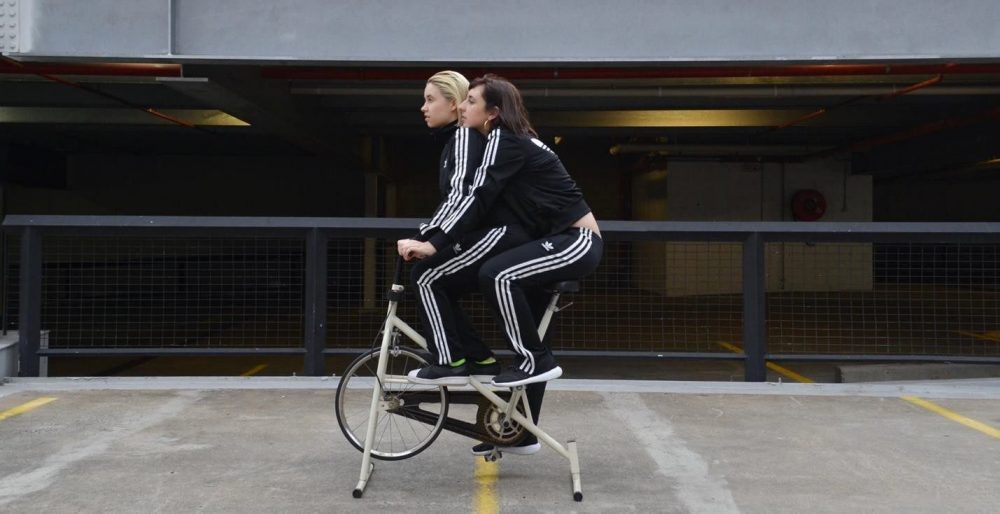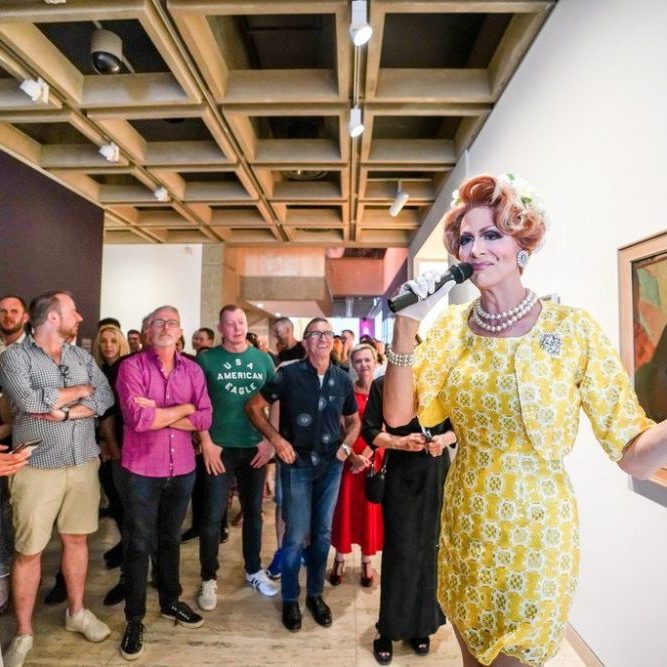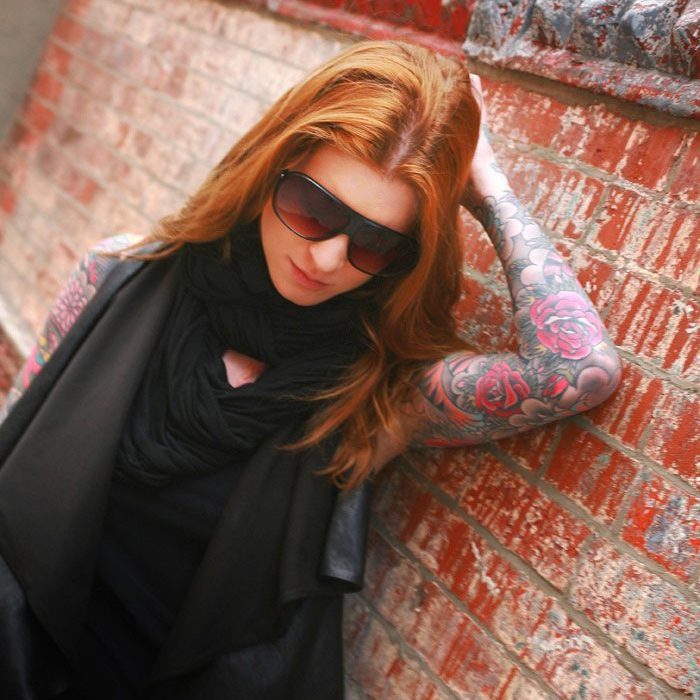
UNSW Galleries launches the online series ‘Forms of Being Together’ as a companion to its major exhibition ‘Friendship as a Way of Life’.
‘Friendship as a Way of Life’ brings together 20 artists and collaborative groups to explore perspectives on LGBTQI+ partnerships, collaboration, visibility, sex, intimacy and knowledge. ‘Forms of Being Together’ provides an opportunity to expand the reach of the exhibition during this period of increased online connectivity. Like the exhibition, it considers trajectories of queer kinship — platonic, romantic, sexual and otherwise — in both contemporary art and popular culture.
As UNSW Galleries Director José Da Silva explains: “During this period of uncertainty, artists help us gain greater appreciation and awareness of support structures and human interaction – of meeting, touching and finding mutual understanding. This project offers insight from LGBTQI+ artists and communities on the creation of alternative networks of support and kinship through creative and resourceful means.”
As public galleries throughout Australia remain temporarily closed, the exhibition will open at UNSW Galleries when restrictions lift and extend to 21 November 2020. As Da Silva explains further: “We are committed to supporting our creative community during this challenging period and giving our audiences greater access to artists and thinkers as they share their thoughts and experiences on art, life, politics and desire.”
Replacing the official opening is an online ‘Exorcism for Healing the World’, composed and delivered by Mother Inferior of the Sisters of the Order of Perpetual Indulgence Sydney.
To be presented online on Friday 8 May 12noon, this enduring and beloved group of gay nuns and lesbian monks have been tireless advocates for promoting joy in the face of hate, fear and ignorance. In this period of social distancing and isolation, Mother Inferior’s contribution provides a pertinent expression of hope.
Each week, new content will be uploaded and streamed on the UNSW Galleries website and social media channels, offering a range of live events and ephemera. They include conversations with exhibiting artists; a virtual tour of the exhibition accessible online and through VR headsets; a collaborative font developed by artist-designer Ella Sutherland; a ‘personal hotspots’ walking tour of Darlinghurst and Paddington; and series of ‘Picture’ zines by Australian artists and curators featuring intimate visual essays on friendship and community.
‘Bedroom Eyes’ brings audiences directly to artists working at home and includes readings by New York-based trans-activist and writer ALOK; and DJ sets by DJ Gemma tracking Australia’s underground lesbian and queer dance scene. A series of illustrated talks titled ‘Flesh Meet’ considers LGBTQI+ gatherings in Australia from different social and historical perspectives. It covers topics such as alternative club culture; lesbian collectives and households; intergenerational kinship within Indigenous communities; motorcycle clubs and leather groups; and online spaces that allow LGBTQI+ communities to mobilise.


